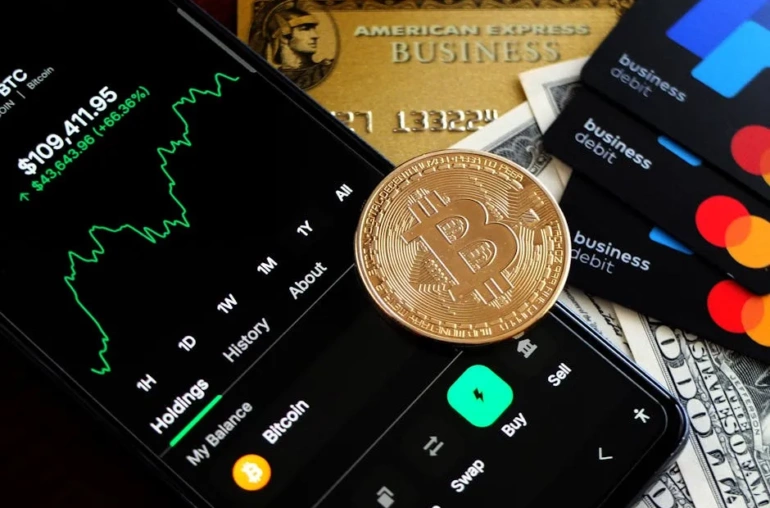
The Future of US Dollar Stablecoins: A World Without Price Tickers
As the cryptocurrency landscape continues to evolve, US dollar-pegged stablecoins have reached a pivotal moment. According to insights shared by a leading executive in the Web3 space, the emergence of these stablecoins has led to a significant shift in how they are perceived and utilized by crypto enthusiasts. The notion of individual price tickers for stablecoins may soon become obsolete, reflecting a broader trend towards commoditization in the digital currency market.
Understanding Stablecoins
Stablecoins are digital currencies designed to maintain a stable value by pegging them to a reserve asset, such as the US dollar. This mechanism provides a sense of stability in the notoriously volatile cryptocurrency market, making stablecoins a popular choice for traders and investors looking to hedge against price fluctuations.
The Commoditization of Stablecoins
The increasing adoption of US dollar-pegged stablecoins has led to their commoditization. With numerous stablecoin options available, users now prioritize functionality and liquidity over brand recognition or individual pricing. This shift indicates that crypto users are more focused on the utility these coins provide rather than their specific tickers.
While traditional financial markets rely heavily on price tickers to track asset values, the crypto space is moving towards a model where the identity of the stablecoin may matter less than its overall market performance and accessibility. This change signifies a maturation of the cryptocurrency market, as users become more sophisticated in their trading strategies.
Implications for the Market
The potential elimination of price tickers for stablecoins could have several implications for both users and developers. Firstly, it may streamline trading processes, allowing for quicker transactions without the need to constantly check price feeds associated with different stablecoin brands. Additionally, it could foster a more inclusive environment where users feel empowered to engage with the market without being overwhelmed by the myriad of options available.
Moreover, as stablecoins continue to gain traction, the focus on utility may encourage developers to innovate further, creating new use cases and integrating advanced features that enhance user experiences. This shift could lead to the emergence of new financial products and services within the crypto ecosystem, ultimately benefiting users and the market as a whole.
Conclusion
The future of US dollar stablecoins is bright, with the potential to reshape how users interact with digital currencies. As the market matures and commoditization takes hold, we may indeed witness a world where individual price tickers become a relic of the past. For traders and investors, this evolution presents an exciting opportunity to engage with a more streamlined and efficient cryptocurrency landscape.



